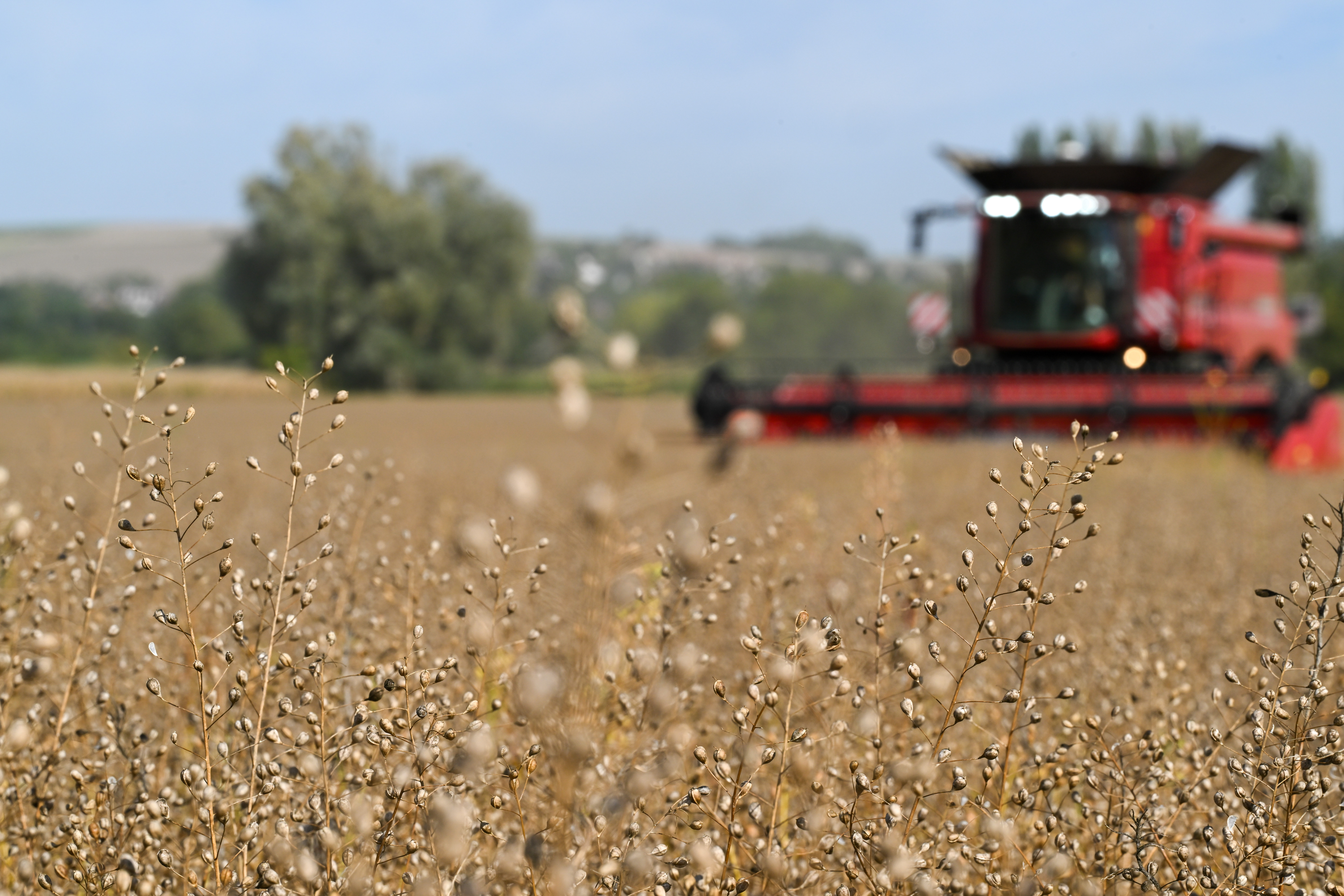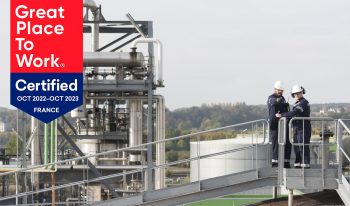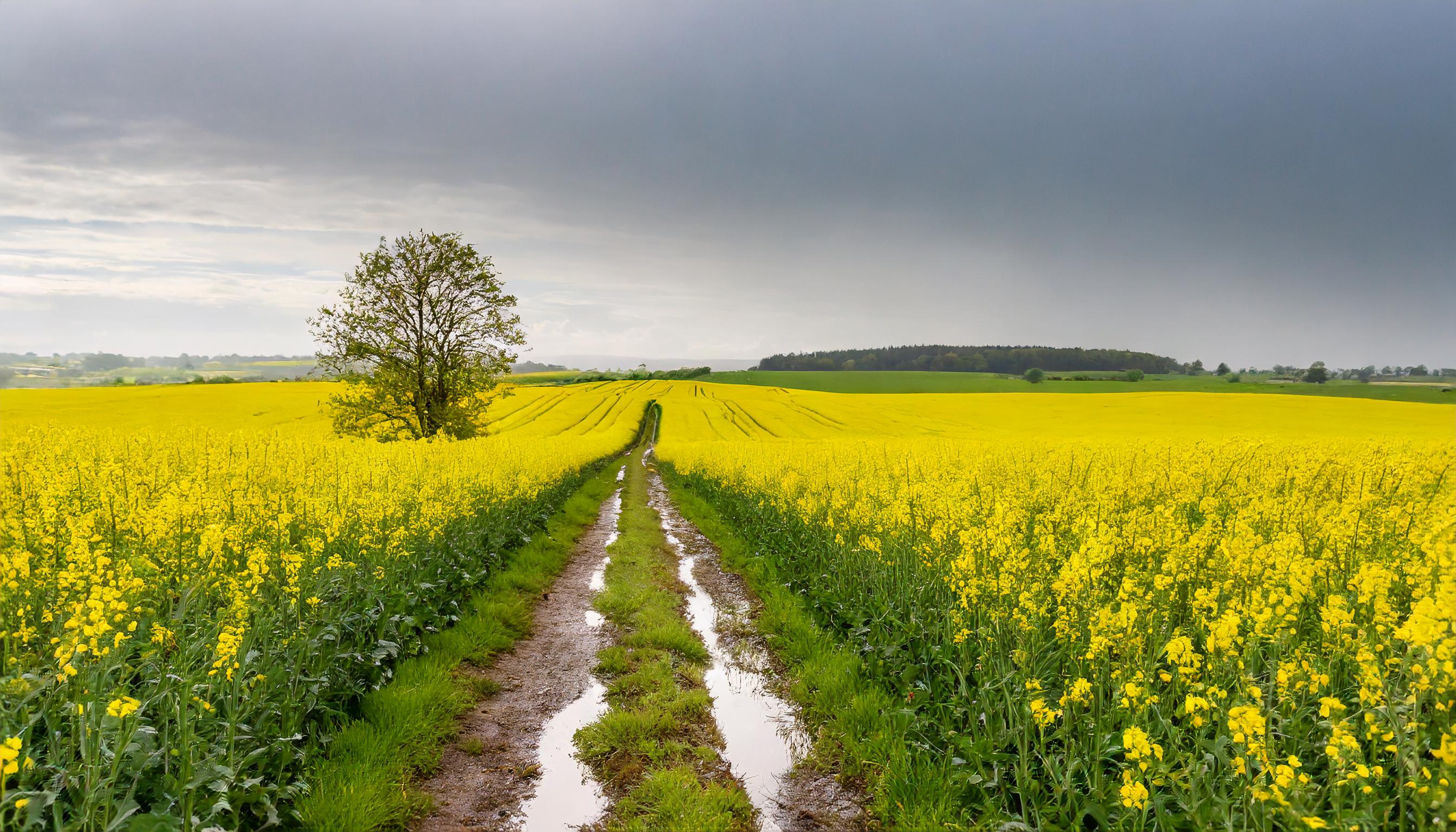– A NEW WAY FOR FARMERS TO GENERATE INCOME FROM 2024
After several years of experiments, Saipol is launching the oilseed intercrop market in France by offering an attractive price for intercropped camelina seeds from 2024, in order to support the growing use of oilseed intercrops to meet future needs for sustainable aviation fuels.
A guaranteed price minimum will be set for camelina seeds and farmers will have access to “harvest insurance” if they meet the requirements, through partner collecting bodies. “The market for sustainable aviation fuels derived from intercrops is in the process of being built, and we want to make France a leader in this new market with a win-win model in which the value of carbon-free solutions is redistributed to farmers for the sustainable agricultural practices they implement,” says Christophe Beaunoir, Saipol’s CEO.
In 2024, the aim is to pave the way for an increase in volume for the following harvest. “With solid technical support on the ground, we should be able to set up a full-scale system that can be rolled out to new regions and types of rotations in 2025! We will also be setting an attractive purchase price with collecting bodies for the volume of intercrops we wish to collect in their regions”, says Loïc Godnair, Saipol’s Sector Development Manager.
– A SHIFT SUPPORTED BY COLLECTING BODIES
Intercropped camelina seeds must be planted between June 10 and July 10, and harvested with the support of collecting bodies. “Like any new seed, the success of camelina needs to be anticipated: farmers face a technical challenge, meaning they must plant the seeds correctly and make adjustments to the harvest; collecting bodies must sort them in specific facilities and dry them,” explains Guillaume de la Forest, Camelina Project Manager at Saipol. “For example, the results of the pilot crops demonstrated the importance of sowing within 48 hours of harvesting the previous crop. In addition, we have identified that the ideal preceding crop is peas because, as well as being harvested early, they leave sufficient nitrogen residue for camelina and very little straw on the ground for optimum emergence,” he adds.
– INCREASING SURFACE AREA FROM 2025
Saipol plans to process up to 2,000 tonnes of intercrop seeds in 2024, then multiply this volume by 5 for the 2025 harvest. “As part of our continuous innovation for the agricultural and energy transitions, we are working on several species so that we can adapt to the agro-climatic contexts of each collecting body and ensure the traceability of these seeds right through to the production of sustainable aviation fuels“, stresses Loïc Godnair, Sector Development Manager at Saipol.
Saipol developed the sustainability expertise necessary to create the market for low-carbon seeds (OleoZE) that can be used for energy in 2019, and is now the European leader in processing of intercrops for SAF. “If we want to meet the needs for sustainable aviation fuels by 2025-2030, then this year upstream agricultural players – seed producers, collecting bodies and farmers – need to anticipate the needs of future crop rotations for an oilseed intercrop that can be harvested as early as October 2024, before moving to the next level!” concludes Christophe Beaunoir, CEO of Saipol.
Saipol press contacts
Fabien Kay – Communications Manager – fabien.kay@groupeavril.com – +33 (0)608355889


